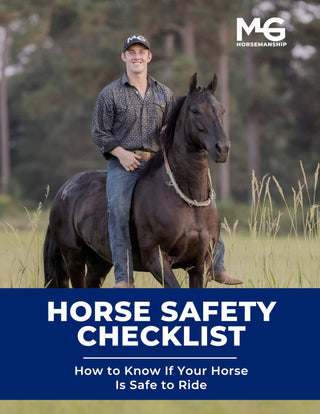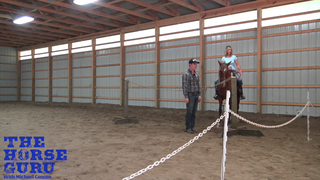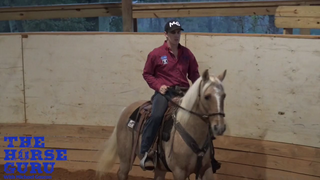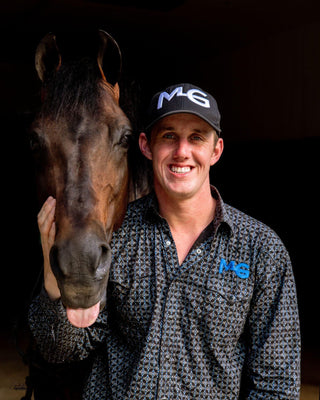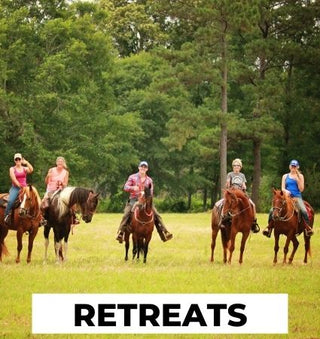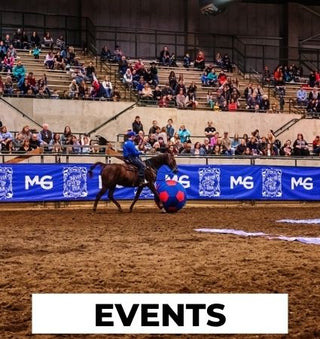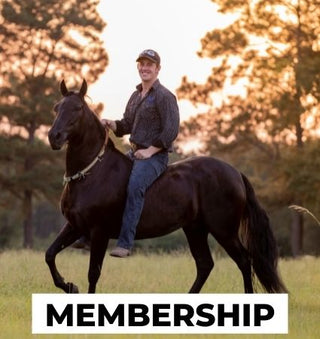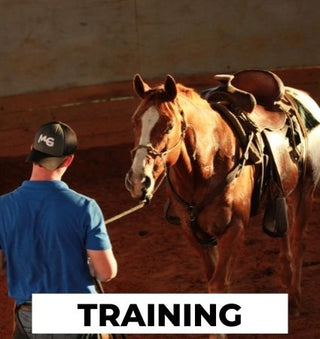Watch the Video Here or continue reading below!
Congratulations—you and your horse have graduated from kindergarten and first grade, where the foundation of trust and respect was built. Now it’s time to step into second grade, where the real teaching begins. In this stage of horse training, we focus on one critical skill: standing still no matter what is going on around them. This is the beginning of true desensitizing, and it’s a game changer for your horse’s safety and value.
Why Desensitizing Matters
Standing still is more than just obedience—it's about trust, control, and mental stability. Whether you're trail riding, training in an arena, or exposing your horse to new environments, a calm and still horse is a safe horse. Desensitizing teaches your horse that when life gets overwhelming, the best response is to do nothing—to freeze and wait for guidance.
Understanding the Language of the Horse
Horses don’t speak with words—they read your body language and energy. When you want movement, your posture should be upright, shoulders tight, and energy assertive. When you’re desensitizing, your body should be relaxed, shoulders loose, and energy calm. Learning this shift is essential to successful communication.
Step 1: Start with the Lead Rope
We begin with a familiar tool: the lead rope.
-
Double it up to add weight and make swinging easier.
-
Keep relaxed as you swing it near the horse.
-
If your horse doesn’t move, he passes the first test.
-
Then, progress to touching him with the rope, starting at the withers (the least sensitive part) and working toward his flanks and legs.
Pro Tip #1: Don’t release the pressure if your horse moves—only when he stands still. That’s when the learning happens.
Step 2: Stay in the “Pocket”
Always position yourself in the safety pocket, beside the shoulder—not in front or behind. If your horse spooks, you want to be in a place where you can’t be kicked or struck.
Pro Tip #2: Keep your hand on the lead rope so you can redirect movement into a circle if your horse starts to move. Control is key.
Step 3: Desensitizing With the Flag Stick
Next up is the flag stick—a tool that lets you work at a distance and challenge your horse’s sensitivity.
-
Start by bringing the flag to his muzzle, where he investigates new things.
-
Work along his body, including under his belly and around the back legs.
-
Stay on the same side as the stick to avoid activating the opposite eye and causing confusion or fear.
Pro Tip #3: If your horse spooks, don’t freeze up. Encourage him to freeze instead. That’s your goal—condition him to pause, not panic.
Step 4: Work All Four Quadrants of Vision
A horse’s vision isn’t just left and right—it’s also above and below. That’s why a horse might react when something enters his blind spot unexpectedly.
-
Introduce stimuli from all four quadrants.
-
Let your horse get comfortable with movement, sound, and pressure from every direction.
Step 5: Enter the Tarp—Sight, Sound, and Touch
The blue tarp is a fantastic desensitizing tool because it engages all three major senses:
-
Sight – it’s bright and colorful
-
Sound – it crinkles and flaps
-
Touch – it’s lightweight and safe
Drape it over the horse, rub him with it, and even tie it like a “Superman cape.” The goal is to prepare your horse for real-world surprises in a controlled environment.
Step 6: The Final Test—The Horse Soccer Ball
Finally, introduce the horse soccer ball—a lightweight object that mimics the pressure and feel of a saddle without the weight.
-
Touch the muzzle first, then gently lift it onto the horse’s back.
-
This helps you identify natural defense mechanisms like kicking or striking—it's not bad behavior, it’s horse behavior.
-
Address it now, so when you introduce the saddle later, it’s no big deal.
Three Golden Rules of Desensitizing (Pro Tips Recap)
-
Pressure stays until the horse stands still. Then release. This makes your cue crystal clear.
-
Work from a distance first. Start with the rope, move to the flag stick, then get hands-on with the tarp.
-
Use all four quadrants and three senses. Cover sight, sound, and touch—and approach from all angles.
Why This Matters: The Holy Grail of Horse Training
If your horse can:
-
Stand still, no matter the chaos around them
-
Walk on a loose rein, with confidence and calmness
...then you have given that horse a tremendous gift. No matter their breed, color, size, or training background, these two skills make a horse valuable, safe, and enjoyable.
Final Thoughts: Train for Real Life, Not Just the Round Pen
Desensitizing prepares your horse for life beyond the arena. By helping your horse learn how to handle pressure, noise, surprises, and touch in a controlled way, you’re building a bond rooted in trust and communication.
Stay patient, stay consistent, and remember—the calmer you are, the calmer your horse becomes.



